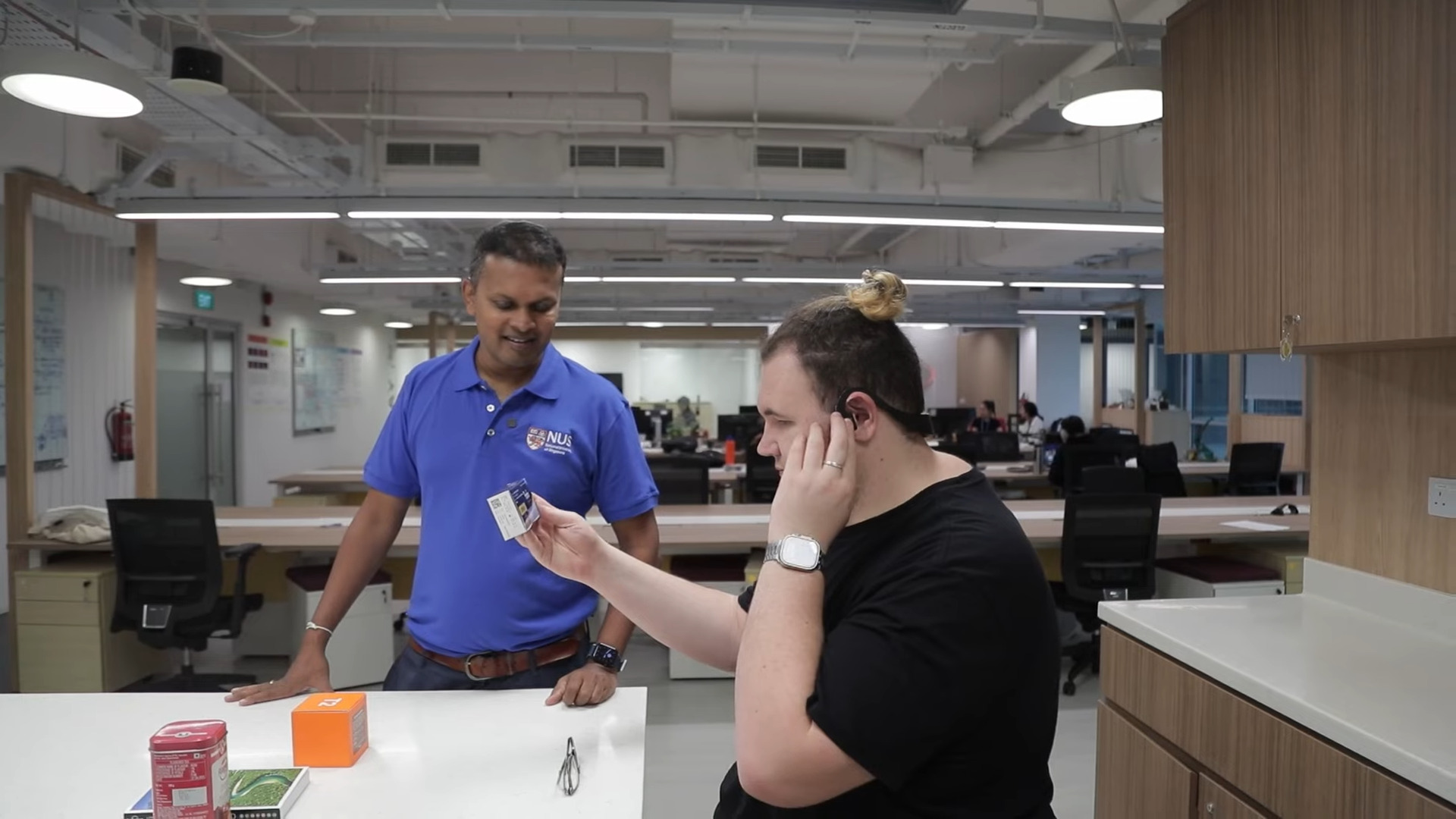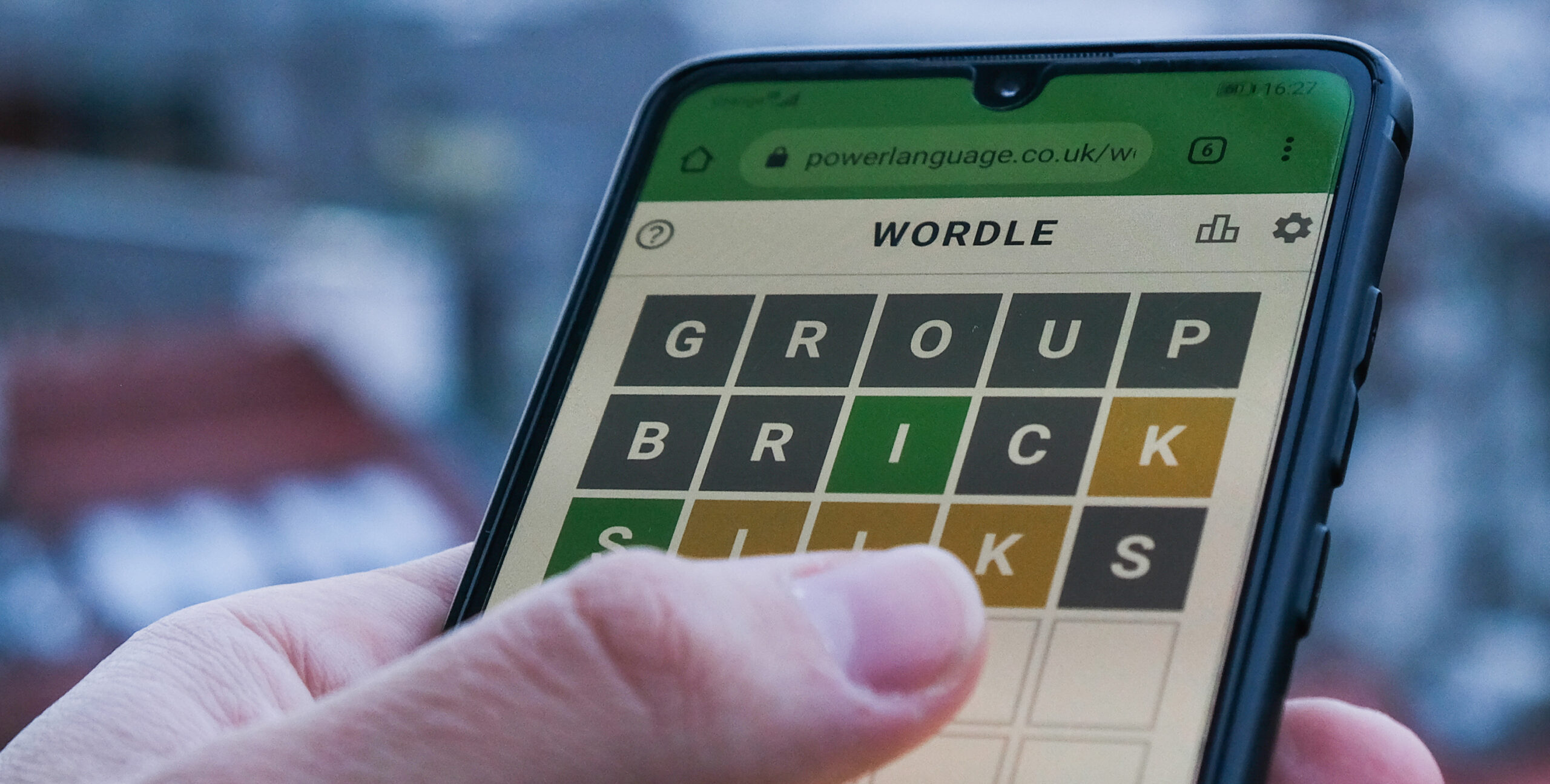While technology has often sought to improve the lives of people living with disabilities, creative AI implementations may be the next logical step. The National University of Singapore has been demonstrating its experimental new wearable, and thanks to an AI helping hand and some creative use of existing technologies, it hopes to transform the experience of daily life with a visual impairment.
Called the AiSee, the wearable device is worn around the back of the neck like a regular set of headphones you might use for fitness, but hidden in the forward-facing section of the chassis is a 13-megapixel camera (via New Atlas). When the user picks up an item they can take a photo of it using a button on the side of the device, before that image is then processed using the onboard microprocessor and beamed to a cloud network using the internal wireless connection, which then uses AI algorithms to analyse the size, shape, colour and any visible text.
If the object is recognised the user is then told what the object is with a brief description, using a computer-generated voice relayed back through the bone-conduction headphones. This also allows anyone wearing the device to hear the world around them, a feature of vital importance to someone relying heavily on their sense of hearing to navigate.
Should the user need more information on the scanned object, they can then ask the AI verbally for more description or help.
The device itself has been designed to be discreet and is unlikely to draw any more attention than someone wearing a regular set of linked headphones. It also makes use of an internal lithium battery pack and doesn’t require a link to a smartphone or any other device to work.
(Image credit: Steelseries)
Best wireless gaming mouse: ideal cable-free rodents
Best wireless gaming keyboard: no wires, no worries
Best wireless gaming headset: top untethered audio
The AiSee is still currently a work in progress, and the researchers say they are now working on enhancements to make the technology more accessible and affordable, including speeding up the image recognition time and improving the visual recognition elements.
While it might be tempting to throw our collective hands up at some AI powered devices and critique their potential utility, in terms of making the world a more accessible place for those with disabilities there are some real and important use cases where AI can potentially do some real good.
Similarly, wearable devices like the Apple Vision Pro may be drawing some ire, but the utility of similar wearable technology adapted for the differently-abled may well prove to be the key to unlocking a much more accessible world for everyone.











